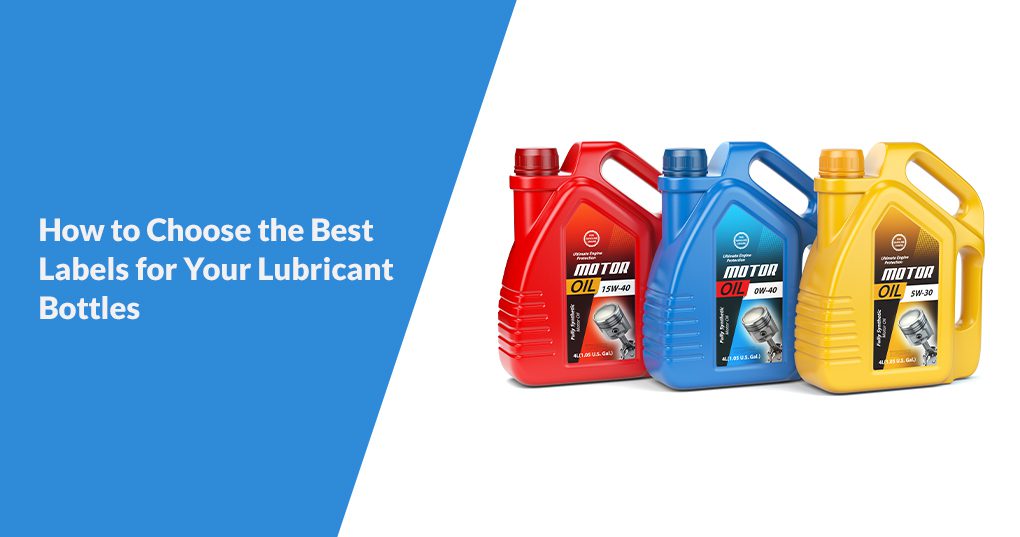
The best labels play a crucial role in creating a rigid brand identity among competitors. The premium-quality labels not only look appealing but also convey information and withstand a wide range of temperatures. But choosing the right one is a big question on the minds of brand owners. If yes, then here is your go-to guide.
Here, we will help you choose the best ecolabel lubricants and also recommend the best lubricant label printing service provider for your bottles.
The labels on lubricants are not just stickers; they are the voice of the brand. The set of unique colours, designs, brand tagline, and presentation tells about the brand’s professionalism and expertise. Through information such as product type, specifications, usage instructions, and regulatory compliance, it helps to demonstrate the relevance and value of the product. The key features of the best lubricant labels include durability, the ability to withstand harsh temperature conditions, and cost efficiency, which differentiate the product from others.
Now, let’s explore the best ways to choose labels for your lubricant bottles.
Document the conditions your label must survive:
This “use-map” lets you choose materials, adhesives, inks, and finishes that won’t fail mid‑life.
For lubricants, durable synthetics beat paper almost every time:
These are exactly the materials that most renowned brands already highlight for lubricant applications, ensuring durability and site consistency.
Even the toughest film fails if the adhesive fails to hold. Specify:
Ink that smears, fades or dissolves is a compliance (and brand) risk. Insist on:
Protective layers extend label life dramatically:
If your lubricants are classified as hazardous or shipped by sea, ensure that layouts, pictograms, signal words, and substrates meet the GHS/CLP visibility and durability requirements.
Suppose you manufacture or market ecolabel lubricants (e.g., EU Ecolabel). In that case, your packaging strategy should reflect that story: low hazardous substances, biodegradability, and even a minimum recycled content in packaging, all under updated criteria. Your label copy and material choices can effectively reinforce the sustainability message without resorting to greenwashing.
Operators read labels with oily gloves in dimly lit workshops and on moving production lines. Design with:
Food facilities require stricter adherence to hygiene, migration safety, and traceability standards. Align your food label maker workflow materials, inks, and finishes with those expectations so your lubricant labels don’t become the weak link in an audit. Stars Labels explicitly points to food label maker expertise, so leverage the same rigor for food-grade lubricants.
Stars Labels is a pioneer in creating labels that truly stand out and also comply with standards. Through our creative and expert team, we provide every possible assistance to help our customers achieve their end goals. We help with designing, aligning, quality checks, and delivery of the labels. Whether it is in the industrial or food sector, your ecolabel lubricants or food-grade products are labelled responsibly and clearly.
If you’re planning to upgrade your design or are willing to bring in a new one, choose Stars Labels for the desired results that will meet your satisfaction.
The premium-quality lubricant labels create a remarkable impression on the minds of viewers. But understanding the purpose of designing the labels is crucial before you invest in lubricant labels printing. Don’t compromise the quality of lubricant labels that fall off or fade. Instead, pick strong labels that can handle real-world conditions. Use tough materials and glues, follow all the rules and green guidelines, and work with someone who knows how to print best ecolabel lubricants. If you follow the instructions in the guide, then your labels will be as tough and long-lasting as the lubricants inside.

Thinking about what to consider before ordering labels for cosmetic jars
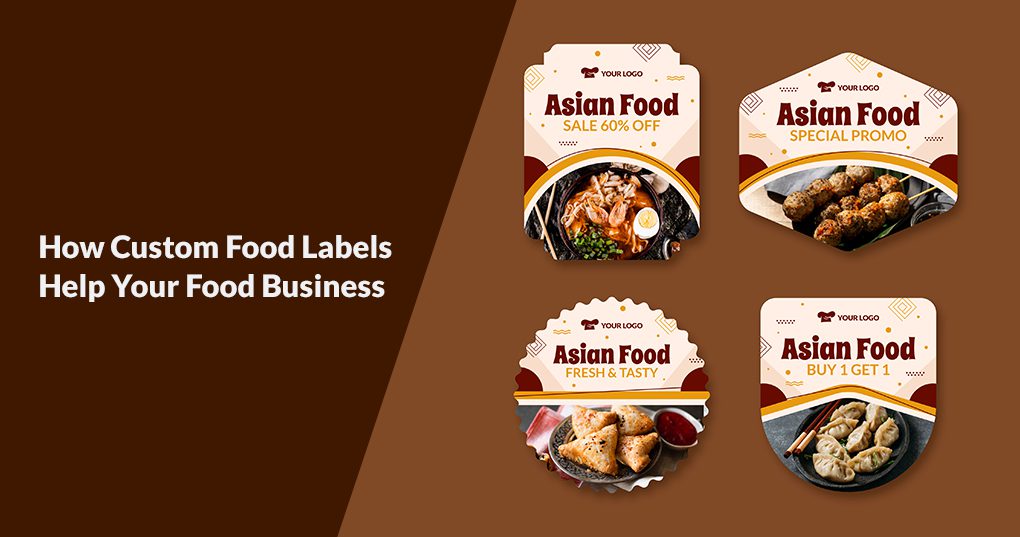
Did you know what the first thing your audience notices while choosing products for purchase? Your label in food packaging. Among many products on the shelves, this is
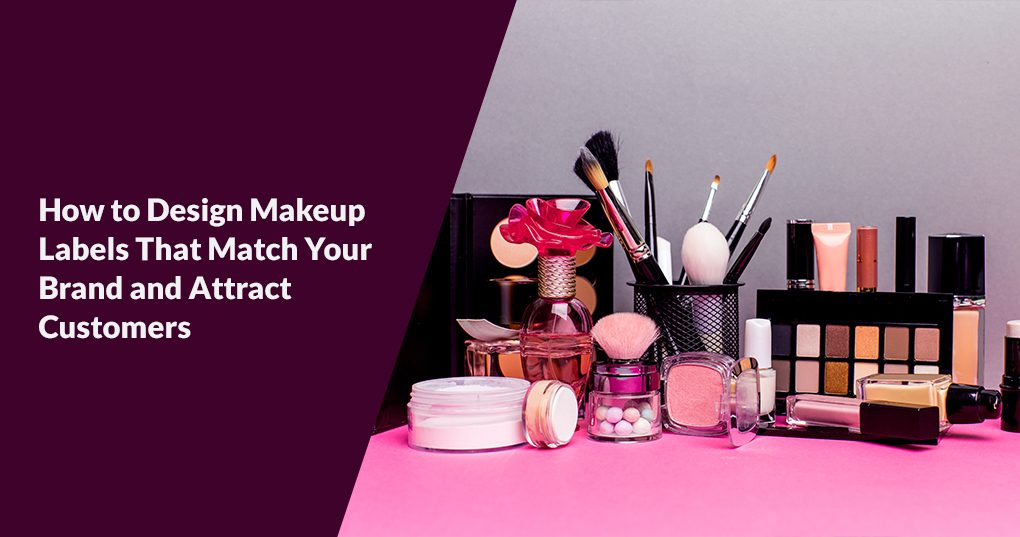
The makeup industry is experiencing growth and is expected to continue evolving in the years to come. So if you want to introduce your makeup product, then think again.
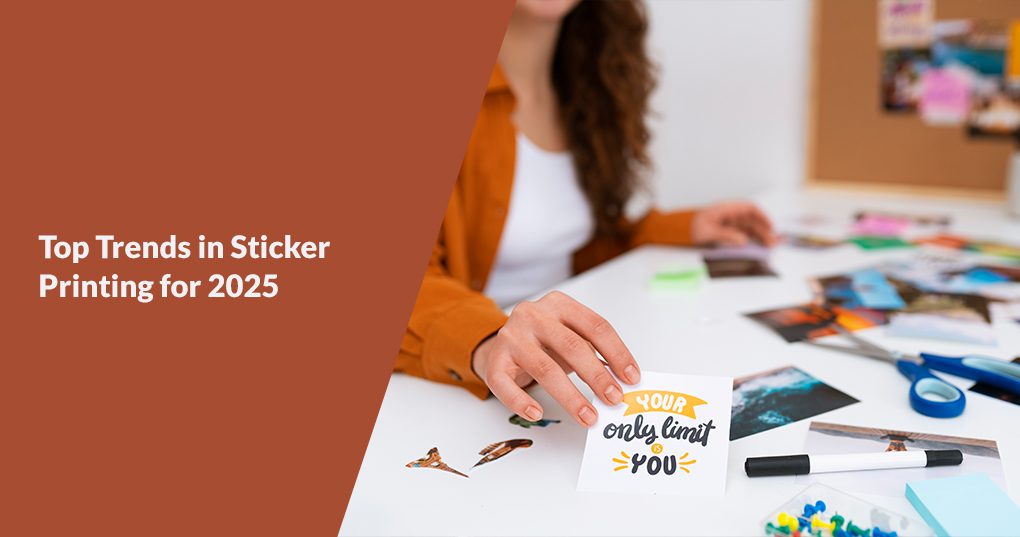
In the competitive world, every brand prioritises every detail to stand out from its competitors. Among many things during the building of a brand, one of the most effe
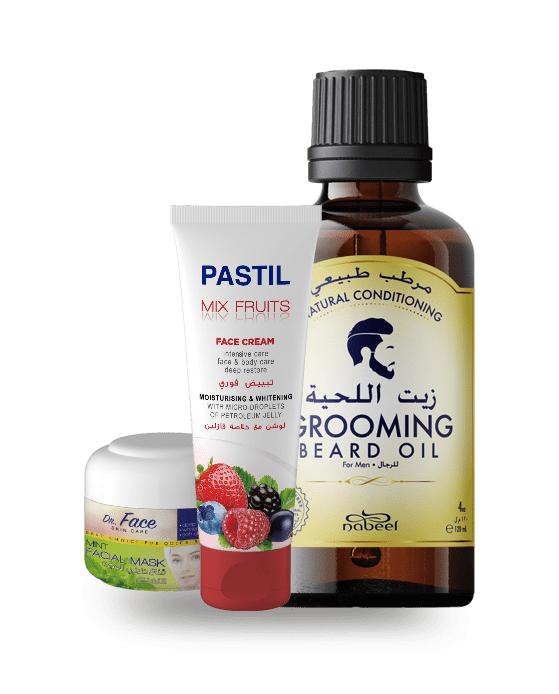

 STAR PRESENTATION
STAR PRESENTATION